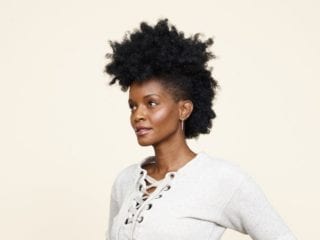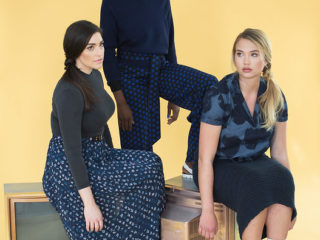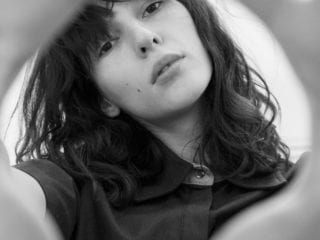When I found out I was cast on FOX’s new hit singing show “I Can See Your Voice,” I danced like nobody was watching. I was going to sing on national television and that was a dream come true.
However, it wasn’t until July, when I got a surprise phone call from producers that I learned I’d also be tap dancing for music superstar Pat Monahan (Train), celebrity detectives Bob Saget, Yvette Nicole Brown, Cheryl Hines, host Ken Jeong and more than 4 million people.
The premise of the show? Each week one contestant gets a chance to win a cash prize (up to $100,000) if they can tell the difference between good and bad singers, without ever hearing them sing a note. In every episode, there are six secret voices (some singers and non-singers), and each has their own pseudonym; mine was the “Tap Dancer.”
As a life-long tap dancer and professional singer, appearing on “I Can See Your Voice” seemed like the perfect opportunity to combine my two passions and showcase them on a national platform. When I perform, I feel called to share art that inspires and moves people. That’s why I create.
When I perform, I feel called to share art that inspires and moves people. That’s why I create.
So when I walked into my first rehearsal with show choreographer and ace tap dancer Dominique Kelley last summer, I told him I hoped my appearance would either inspire someone to learn tap dance for the first time or decide to dust off their shoes and start again.
Sure enough, after my appearance on the show, I received personal messages from dancers of all ages who wanted to learn or revisit tap once more. After requests on social media, I posted YouTube tutorials of my tap combinations from the show. This way fans could learn the steps at home.
Looking back, going through this process made me remember why I got into tap dancing in the first place. Tap dance is easily one of the most important art forms in my life because it literally saved my body. When I was a toddler, my parents found out I had femoral anteversion, an inward rotation of the femur (thighbone), which connects to the pelvis, forming the hip joint. In other words, the knee is excessively twisted inward relative to the hip. Femoral anteversion can occur in one or both legs and is more common in young girls, according to Johns Hopkins Medicine. For me, it’s only in my left leg.
If my degree of rotation continued to stay within an unhealthy range for my age—impairing my ability to walk, run and perform any kind of motion—doctors could fix it with a femoral derotation osteotomy surgery. That would require cutting my femur bone, rotating and fixing it in a more anatomically natural position.
I vividly remember those doctor visits as an almost 4-year-old. It’s scary knowing there’s something wrong with you, especially when you don’t fully understand what it is. Because of my medical condition, I thought I was broken, defective even, and it kept me from loving and embracing my body for more than 28 years—until now.
Ultimately, my parents decided against the surgery, and instead, they enrolled me in ballet and tap lessons as “physical therapy.” It was an alternative suggested by the doctor to correct my condition. We took it one step at a time and doctors monitored my progress. I fell in love with tap because I could make music with my feet.
While femoral anteversion is not painful and, in most cases, something kids grow out of, it took a toll on me mentally. It was hard for my body to make shapes like other kids in dance class. After ballet lessons, teachers would ask my parents why I struggled to “turn out” on one side. I often felt like an outcast, but my love for dance outweighed my fears of being inadequate. All I wanted was to be a great dancer.
I often felt like an outcast, but my love for dance outweighed my fears of being inadequate.
One day, when I decided to let all of that go and just dance, everything changed. I’ve learned to dance around my weaknesses and the obstacles my body posed. Now, it doesn’t seem like a challenge anymore. Changing my mindset and embracing my biggest insecurity taught me to love my body. When you love something that much, there’s no choice but to overcome and pursue it.
I made my professional theatre debut at just 10 years old—singing, acting and yes, dancing on stage. At 16, I was cast in a professional production of “42nd Street,” a notoriously demanding dance show with tap, ballet and variety of other styles. Today, I’ve shared my tap dancing on a national platform. Ironically enough, I was eliminated after my lip sync tap performance because the contestants and celebrities thought I was only a great tap dancer—so much so that it was unlikely I’d also be an exceptional singer.
My journey with femoral anteversion came full circle after my performance when Ken Jeong called me a triple threat. In that moment, I remembered just how much I had overcome to dance on that stage for millions of people. Looking back, part of me will never forget that little girl in the doctor’s waiting room because even though she was scared, she followed her heart and learned to love her body in the process.
Do you have any insecurities about your body? How does negative self-image inhibit you?
Image via Michael Becker/ FOX











